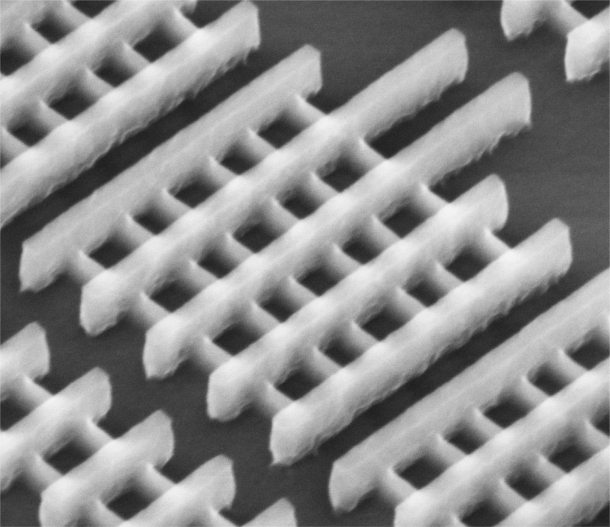Intel unveils new 3D transistor structure

Intel says it's ready to put the first 3D transistor structure into high-volume production.

(Credit: Intel)
The structure it has invented is called Tri-Gate and will be first used in chips manufactured using the 22-nanometre process, nicknamed Ivy Bridge.
Continuing along the path of Moore's Law would have been tough unless something changed dramatically, said Intel senior fellow Mark Bohr at a press event at the SPUR Urban Center in San Francisco.
Instead of forming the conducting channel on a planar surface, it's on three sides of a 3D "fin". The key advantage comes from the gate wrapping around the fin, said Bohr.
The new structure allows Intel to manufacture smaller, faster and lower-voltage chips and put them into even smaller devices.
In addition to the lower voltage, the chips will run with lower power leakage, which should improve both performance and energy efficiency. The 22nm-based chips will bring a 37 per cent power increase over Intel's current line of 32nm chips, according to Intel.
Tri-Gate transistors add 2 to 3 per cent cost to the production of each wafer. To accommodate the new technology, Intel will be upgrading its factories throughout this year and into 2012.
Intel has been talking about Tri-Gate transistors for almost a decade. Bohr said that while the structure is "well-known in the industry", he believes Intel will have at least a three-year lead on competitors.
The first Ivy Bridge products will be introduced for client and server products, said Dadi Perlmutter, executive vice president and general manager of Intel's architecture group. He briefly demonstrated a laptop and desktop PC using Ivy Bridge chips, emphasising their speed. Eventually they will make their way to smaller gadgets like tablets, smartphones and embedded devices.
Intel would not give any specific dates, but said we'd see these devices sometime in 2012.
Via CNET